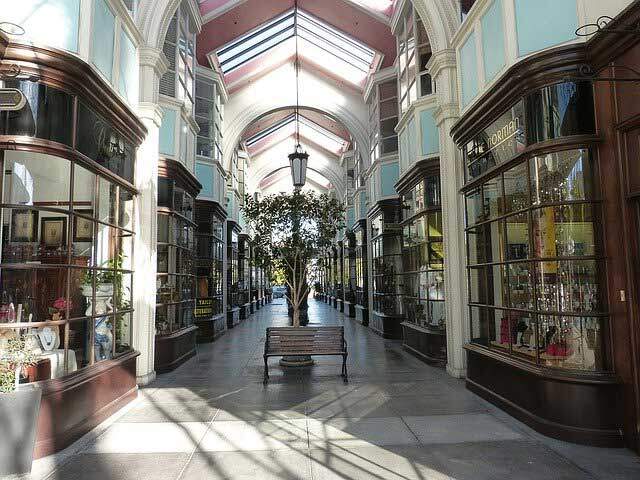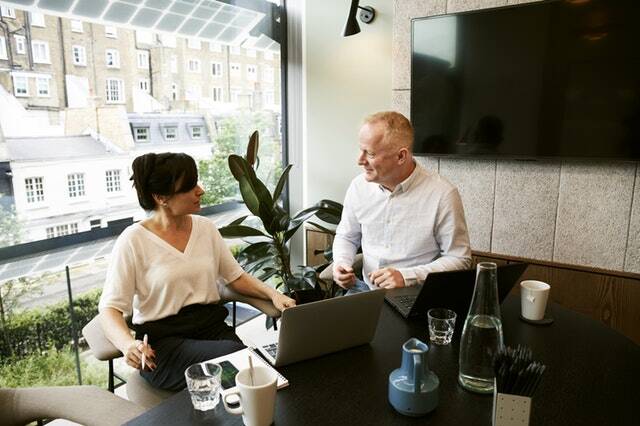Retail space has taken a significant hit over the last few years with the market shift to e-commerce. As a result, landlords must come up with creative ways to fill the vacant retail space. For many landlords, this also means identifying ways to diversify their holdings. They are looking for options that are both recession-proof and internet-resistant. Learn how owners are shifting in this blog.
What to do with the space?
We spoke with Kristie Wetjen, who is the General Manager at Outlets Williamsburg in Williamsburg, Iowa and she said, “The biggest thing for retail now is to redefine the space. In my mind, we are throwing out the word mall and calling it a center. The question really is, how do we take smaller spaces and put in unique local businesses or attractions that complement the existing businesses? Our overall goal is to expand the dwell time at the center.”
Kristie and other landlords are welcoming to new, fresh ideas to revamp their vacant spaces. Below are some successful options landlords have used to fill their vacant retail space. Maybe one of these can help fill your next vacant retail space.
Pop-up Retail
We’ve all seen the pop-up Halloween store that opens early every fall and quickly shutters after the holiday. Who knew it would start a trend! And for all those retail spaces sitting vacant, there is an opportunity to adapt them temporarily into something fresh and exciting. Kohl’s and Macy’s are both creating an experience space for the shopper. With the temporary space also comes a short-term lease.
Other retailers use the pop-up space as a way to test the waters, so to speak. Before taking on the cost of long-term lease commitment, some web-based companies are going the pop-up route. Amazon.com and Wayfair, Inc. have both recently tried this tactic.
Cultural Or Entertainment Spaces – Family Fun
Families are looking for a place to spend weekend family time. Combining this desire with the trend towards spending on experiences rather than consumer goods leads to a growth in cultural and entertainment spaces. Theatres, aquariums, and companies offering paintball, bowling, and arcades are among the many activities filling these vacant retail spaces.
Co-Working Space, a Convenient Option for Small and Large Businesses
Co-working gained a foothold in 2005 in San Francisco as a place for freelancers to gather and work together. Since then, it has grown to more than 35,000 spaces worldwide, growing at an annual rate of 6%. Co-working is not only an option for the solo entrepreneur, but also for the small businesses who want to keep down their overhead. Additionally, large companies are using co-working spaces too rather than opening up another office in another city.
Retail to Fitness Center
As a country, we are in the midst of an obesity epidemic. The fitness industry is seeing an annual growth of 3-4% growth. Today, 20% of the US population holds a gym membership and experts believe that number is likely to double over the next decade. Vacant space from big-box retailers has a common design element…large space and high ceilings, making it an ideal space for a new workout area. In 2091, Kohl’s inked a deal with Planet Fitness to fill some of their space.
Self-Storage
What remains following the loss of many big-box retailers is not only the vacant building space, but also the large empty parking lot. However, this combination of space is the perfect mix for self-storage. Some space can be allocated to climate-controlled conditions while other parking lot space remains as simple storage. Self-storage, as an industry, continues to grow and has experienced a 7.7% growth annually since 2012.
Medical Office Space
With nearly 10,000 baby boomers retiring each day, and a population struggling with obesity, the need for medical-related providers is growing. The empty retail space can be converted to urgent care facilities, pharmacies, wellness centers, or any number of health support services. Growth in the urgent care market is expected to increase by 20% in the next 5 years.
Despite the sobering retail news and its impact on the retail space, there are a number of ways to adapt the space to current market needs and trends. What other ways have you seen vacant retail space used? We’d love to hear from you!
To help owners and landlords stay ahead of the vacancy curve, STRATAFOLIO tracks portfolio allocation by asset class, vacancies, and many other metrics. Contact us today to learn how we could help your team optimize its performance.






